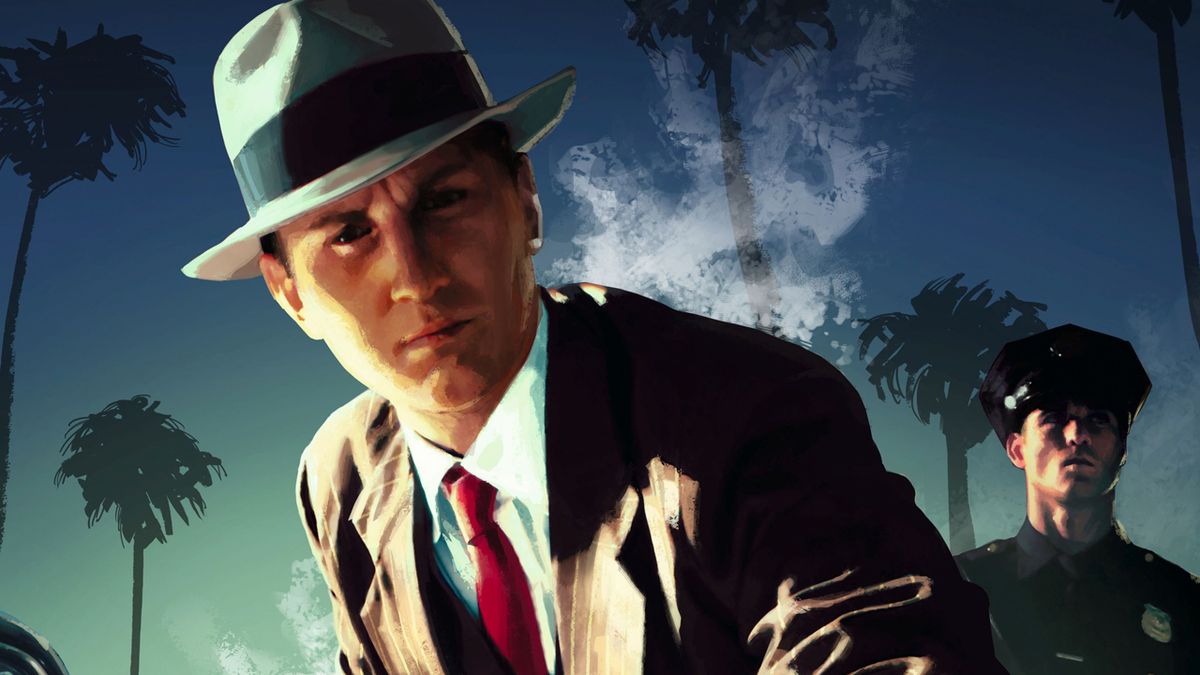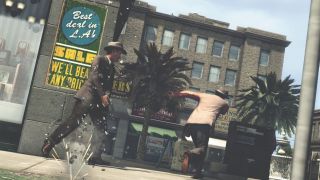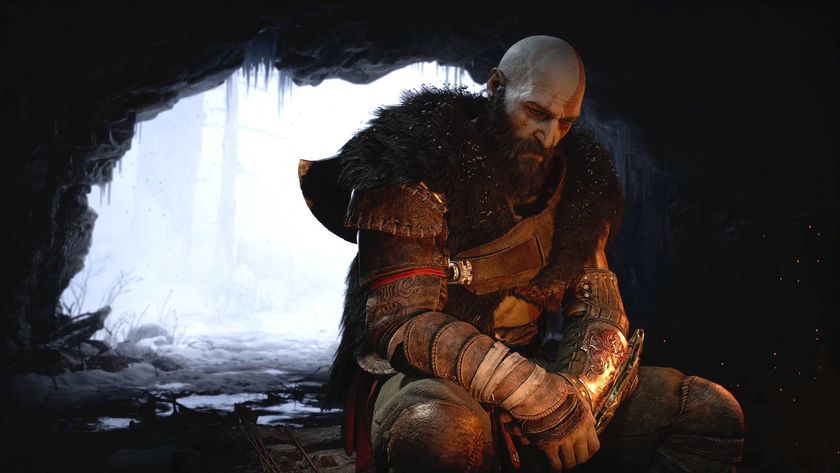How Rockstar gave us GTA: Columbo in L.A. Noire's seedy underbelly of 1940s Los Angeles

Many video games can claim to be like nothing you’ve ever played before, but this is that rare beast: one that lives up to the promise. Set in 1947 in the city of Los Angeles, it casts you in the role of beat cop Cole Phelps, a decorated World War 2 vet who’s now dedicated to cleaning up the streets back home.
Released in 2011, hot on the heels of Red Dead Redemption and three years after GTA 4, the immediate assumption was that L.A. Noire would be another open world action game. While it does feature large, faithfully recreated, swathes of post-war Los Angeles for players to explore, it’s more of an interactive movie. In terms of gameplay, it has more in common with pixelated point-and-click adventures than the action sandbox of GTA.

L.A. Noire is heavily scripted and very linear, yet you do genuinely feel involved in its world. This is partly due to skilful writing and direction, but much of it comes down to an innovative piece of technology. The meat of the game is a series of crime cases that you need to solve, from arson to traffic offences to murder and even organised crime. You’re called to a scene and your first job is to search the area for clues. You can then interview witnesses, which brings us to Motion Scan. The developer used 32 separate cameras to capture every subtle facial movement and expression for all of the game’s characters. The resulting animated mannequins are eerily effective.
The realism helps you believe in these characters and connect with them in a way you do in few other games. Back in 2011 it was incredibly expensive to create, and Motion Scan has since been superseded by real- time performance capture, but as an example of a game knocking at the door of cinematic performances, L.A. Noire is still impressive. Six years after release, its impact on games can be seen all around us – Until Dawn is one example – and while by today’s standards some character reactions have a touch of Gerry Anderson about them, it’s no Mass Effect: Andromeda.

Those carefully-created faces do more than help you believe in the ‘40s setting, they’re also crucial to your journey through it. There’s a tell behind those polygonal eyes. Whenever you question a witness or suspect, you need to watch their face for subtle movements that might indicate that they’re lying to you.
If you think your suspect is pulling a fast one, and you have evidence to back that up, you can accuse them of the crime. If you don’t have evidence but suspect they’re not being truthful, you can cast doubt on what they’re saying, or you can choose to believe them. Casting doubt when a suspect is telling the truth or accusing them of lying without evidence leads to lower performance ratings, and you can even end up failing to solve the case. Discovering clues and gathering information from witnesses leads to new locations, witnesses, and suspects and eventually, if you get everything right, a conviction, a new case, and even a promotion. Learn how to spot a liar and Cole won’t be a beat cop forever.

As a game, it doesn’t appeal to everyone. It’s stylish and atmospheric, rather than fast-paced and exciting. There are a few action sequences, but they feel tacked on. Most of the time you’re scouring locations for clues and conducting interviews. In fact, it’s a typical Rockstar release: it teases us with a ’40s-set open world crime thriller, a GTA: Dragnet, but gives us GTA: Columbo. If you missed it the first time around, and you fancy living the L.A. Confidential dream, you can pick up a copy for buttons or grab the remastered version when it launches in November 2017.
Sign up to the 12DOVE Newsletter
Weekly digests, tales from the communities you love, and more
This article originally appeared in Official PlayStation Magazine. For more great PlayStation coverage, you can subscribe here.

















